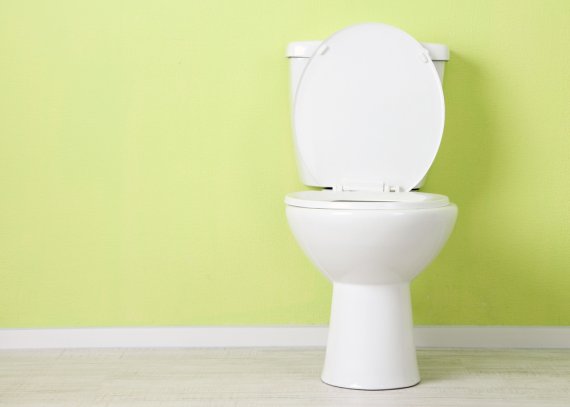Illustration (c) Shutterstock
All the world’s phosphate mines have sufficient deposits for another 300 years, which is a relatively short period. That is why it is important to have a circular setup for our food system in which we minimize the loss of phosphate, says Van Kernebeek, who works at Wageningen Livestock Research and is doing her doctorate with the Animal Production Systems and Plant Production Systems groups. She developed a model that quantifies all the phosphate flows in a food system, using data for the Netherlands. This shows that we can recover the most phosphate from sewage.
There is a lot of phosphate in our food that goes directly into the sewers after we have consumed it. The greater our phosphate intake, for example from eating a lot of dairy products, the more important it becomes to recycle the phosphate in human excrement. All that phosphate ends up in water purification plants where it is removed. At present, much of that is then processed in asphalt, says Van Kernebeek.
We can also save on fertilizer by recycling phosphate from wastewater. Van Kernebeek doesn’t know how feasible that is. ‘I didn’t investigate that. I use the model to try to understand the phosphate flows and show the impact of particular measures.’
The reuse of animal meal – waste from the meat processing industry – is also important in a circular food system. Van Kernebeek: ‘Animals accumulate phosphorus in their bones but recycling that within the food system is currently not allowed because of the food safety risks. So that is a point where we lose phosphate.’ The idea is that new techniques, risk analyses and rules will make it possible to recycle phosphate from animal meal within the food system.
Van Kernebeek published her model study last month in the scientific journal Animal.

